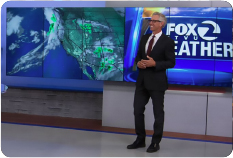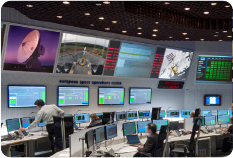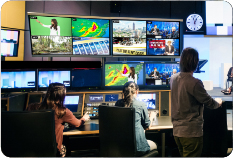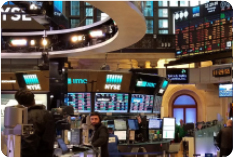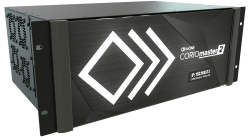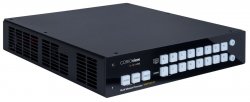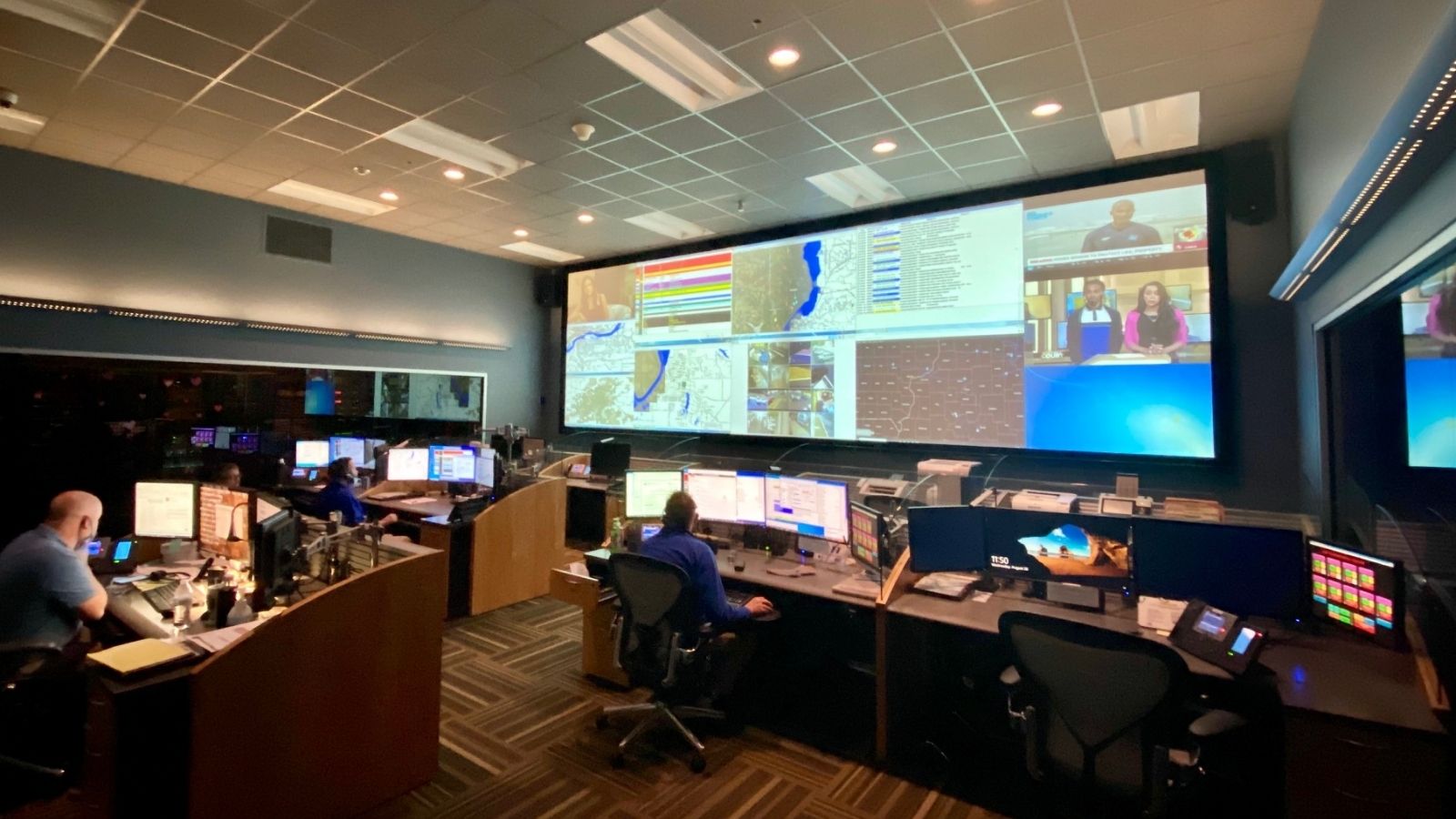
When it comes to choosing your next video processor, you will be confronted with a large choice of solutions that are available on the market today. While a look though the specification sheets may suggest that several processors can meet your requirements, it pays to ask the right questions before making your selection. In this useful guide, we will provide you with the 6 questions you should ask before your next video wall purchase.
How can your visual design be delivered?
The number of options for video wall design continues to grow. For example, there is a noticeable increase in Direct View LED solutions and a resurgence of projector edge blending, while flat panel displays are still being used for square, non-square, and creative video walls.
With so many options available, engage early with potential equipment suppliers to ask pertinent questions during the initial stages of the project. The last thing you want to do is choose an unsuitable video processor towards the end of a project. Ask for a design consultation and a product demonstration to check your end-to-end workflows.
What are the source & display set-up options?
Whatever your client facing video wall design looks like, the video processor will not deliver if it cannot manage the basic challenges of AV design, including setting custom resolutions, EDID selection and HDCP management.
You cannot risk having a blank source or feeding poor quality video to your expensive wall. In order to avoid this, make a list of all your sources and displays including the resolutions, frame rates and HDCP versions. Then, check that the solution you have chosen can support all these factors. To help, many distribution partners will be able to demonstrate end-to-end workflows.
How simple is it to create a system configuration?
The very best configuration software can be used with little or no training and will guide you, step-by-step, through the configuration and set-up of your wall. The software should work whether it is connected to a unit or if it is used offline. Finally, it should make even the most complex task simple to achieve, while still offering the full range of menu options when you want to dive deeper.
To check out the usability of the companion software, download a copy from the manufacturers website or ask for a demonstration of your video wall configuration. Easy-to-use software will save you significant time and money later in the project. Also, ask for 1-2-1 training so you can create your own offline configurations and input and output configurations.
What is the viewing distance?
The distance between the viewer and the video wall determines the ideal resolution that is selected to be fed to the displays. Remember, this will be different when displaying video clips to distant viewers compared to the requirements of an operator close to the wall who needs to resolve fine details. Once you know this information, you can determine your output resolution which may, in turn, allow you to display at 1080p rather than 4K. This could save you money and system bandwidth to enable more video windows in your design.
If the end user is working very close to the wall, your calculations might lead you to even higher display resolutions. Some high-end processors have already implemented quad 4K solutions to display 8K resolutions. If they have this capability, they will almost certainly have the horsepower to be able to move to a single cable solution, allowing you to futureproof your install.
Can you create non-standard video walls?
A common limiting factor for the creation of larger displays is the height of the room. Therefore, video processors need to go beyond standard widescreen aspect ratios. The result will be distracting if the video is not displayed in the correct ratio, so check whether you have full control over the aspect ratios. Also, ask how a 16:9 image will appear when stretched across the full wall and whether extreme upscaling will result in visual artifacts.
If the width of the wall is so extreme that scaling up a standard aspect ratio image is unacceptable, ask if the video processor has the option of playing back a series of synchronized 16:9 clips. If it can, a graphic designer can easily cut up an extremely wide clip or still into 16:9 segments which can be joined later by the processor. This function is useful for corporate backgrounds, broadcast sets or point-of-sale solutions.
What is the viewer experience?
The “Zoom Generation” increasingly demands collaborative, multi-window environments as standard. As individuals venture to their workplace, every minute they spend together needs to focus on seamless information sharing. Before choosing a solution, check the actual number of windows that are available, including the scaling quality and the video latency. Also, make sure you see a “clean” cut or fade to black when you switch between your window sources, even when the resolution/frame rate varies between those sources.
Beyond that, end users are increasingly demanding eye-catching animations and source transitions to mimic what they are experiencing on TV. When working in multi-window environments, it is best to start planning this early in the project, even when creating storyboards. Designing each of the window presets in advance will lead to superior results and save time on-site.
Want to find out more?
tvONE is a long term, proven expert in video wall processing. Their solutions have been deployed for medical, higher-education, government, and broadcast installations globally. Additionally, their custom, in-house, FPGA based CORIO® processing engine has been developed over three decades and is guaranteed to deliver high-quality, low-latency performance.
To find out more, please fill out the form below to download the full version (PDF) of this blog.









